In the world of military aviation, certain aircraft captured headlines and fame, while others quietly faded into the background. These forgotten planes played crucial roles in their time, influencing technology, strategy, and combat. In this article, we’ll uncover 15 military aircraft with fascinating histories that deserve to be remembered.
Contents
Douglas B-18 Bolo
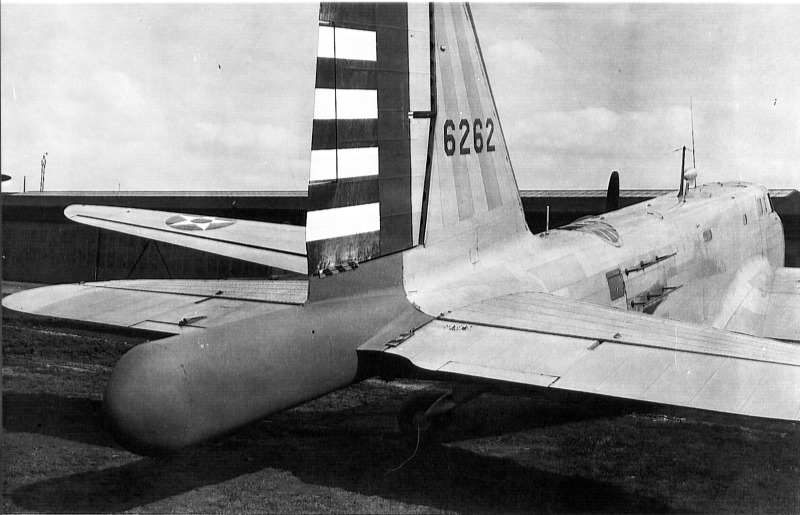
Developed in the 1930s, the B-18 Bolo was an American bomber that played an essential but often overlooked role at the beginning of World War II. Though it was quickly surpassed by more advanced bombers like the B-17 Flying Fortress, the B-18 carried out critical anti-submarine patrols and bombing raids in the early war years. It had a range of 2,100 miles and could carry 2,000 pounds of bombs, making it an important transitional aircraft for the U.S. Army Air Corps.
Fairey Battle
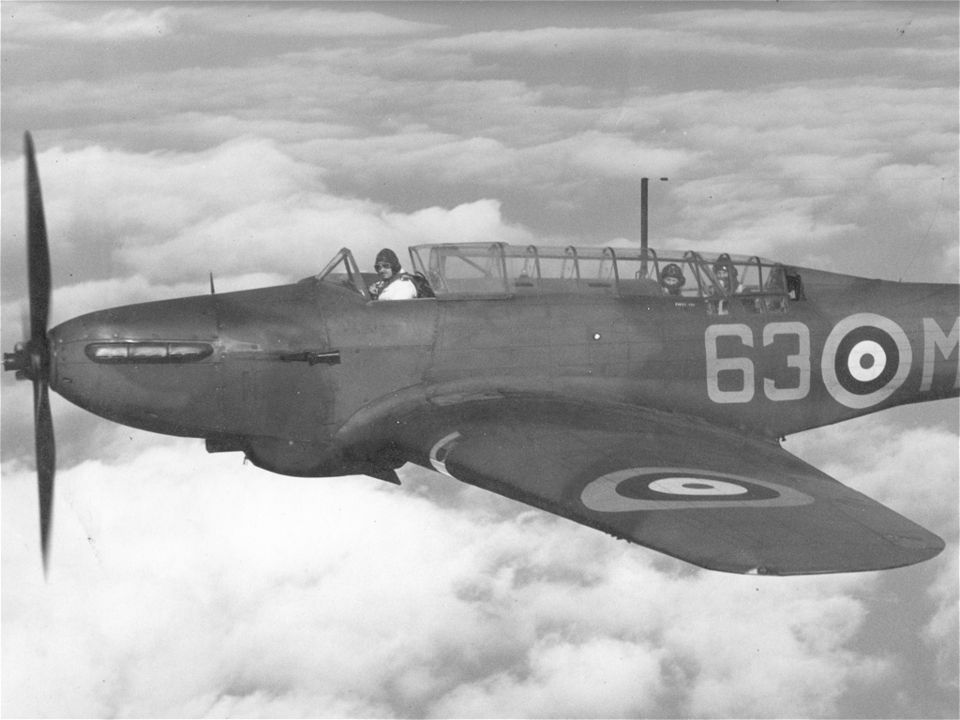
This British light bomber had a short but intense service life. The Fairey Battle was deployed at the start of WWII, where its vulnerability to enemy fighters became apparent during the Battle of France. Despite its limited success, the aircraft’s brave crews often carried out daylight bombing missions at low altitudes, making the Battle a symbol of courage under fire. It was eventually retired due to high losses, but its contribution to early air campaigns should not be forgotten.
Northrop P-61 Black Widow
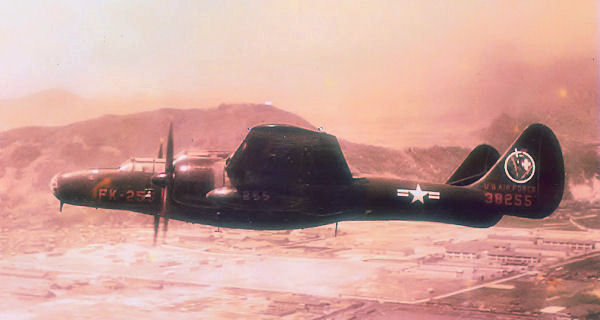
The P-61 Black Widow was the first U.S. aircraft specifically designed as a night fighter, featuring advanced radar for detecting enemy planes in the dark. This twin-engine aircraft, with its distinctive black paint and powerful armament, was used extensively in both the European and Pacific theaters. Despite its groundbreaking design, it was overshadowed by faster and more versatile fighters post-war, leaving it a lesser-known but highly innovative aircraft.
Vultee P-66 Vanguard
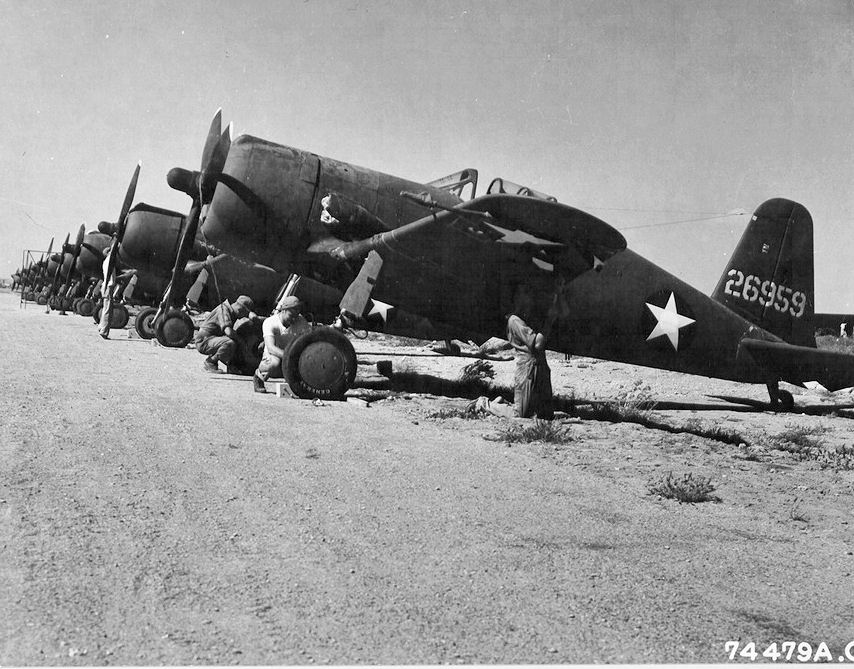
Originally intended for export to China, the P-66 Vanguard saw limited action in World War II due to its relatively late entry into the war and mechanical issues. With a top speed of 340 mph and a range of 750 miles, the Vanguard had potential, but production delays and crashes during test flights hampered its operational use. Its short service life and limited deployment make it a forgotten yet fascinating piece of wartime aviation history.
Curtiss-Wright XP-55 Ascender
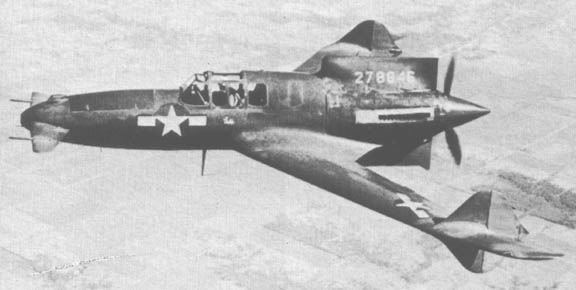
The XP-55 was an experimental American fighter featuring a radical design with a rear-mounted engine and canard wings. Designed to push the boundaries of aerodynamics, the Ascender was an innovative but ultimately flawed aircraft. Its unique layout provided significant design challenges, and although it never entered production, the XP-55 offered valuable lessons in aircraft experimentation and design during World War II.
Breda Ba.65
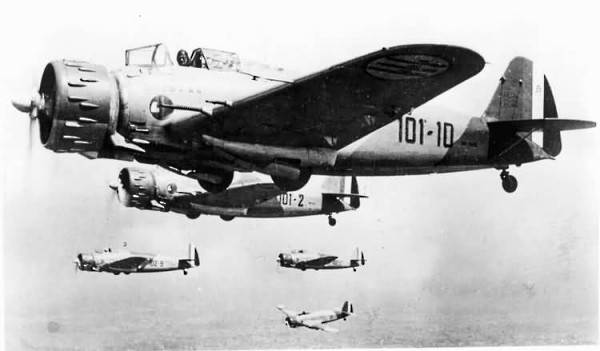
This Italian ground-attack aircraft saw action during the Spanish Civil War and in the early stages of WWII. The Ba.65 was one of the few Italian aircraft specifically designed for close air support, capable of carrying bombs and machine guns for attacking ground targets. While not as widely known as other aircraft of the era, it played a critical role in the development of Italy’s air force, particularly in North Africa.
Fokker D.XXI
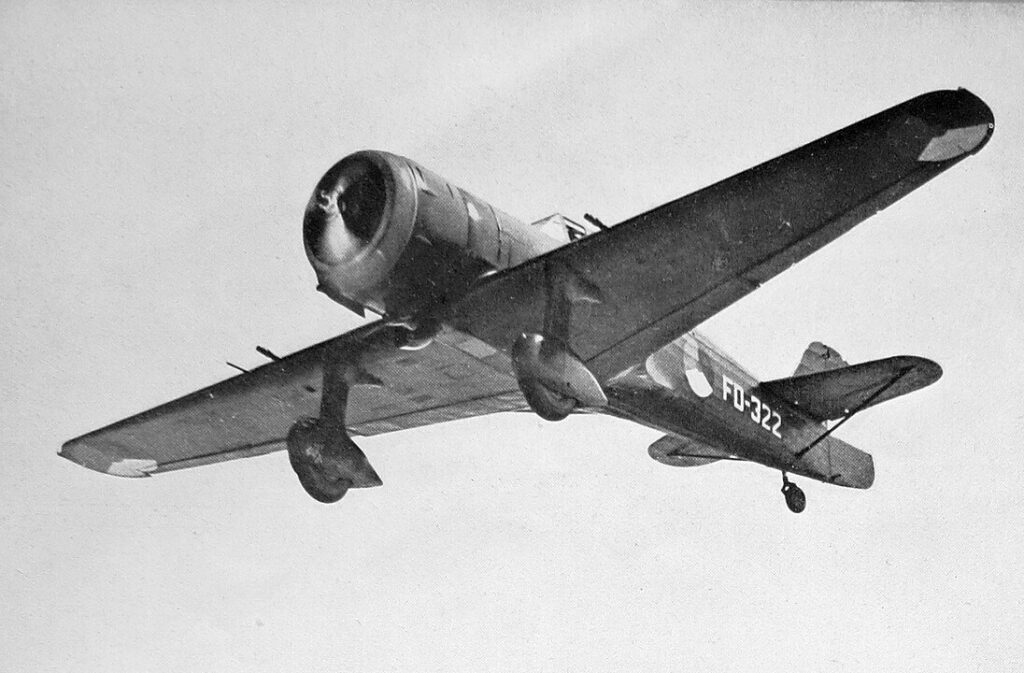
The Fokker D.XXI was a Dutch fighter that saw action in the early stages of WWII, particularly during the German invasion of the Netherlands. Despite being outdated by the time the war began, this nimble and sturdy fighter performed admirably against more advanced Luftwaffe aircraft. Its rugged design and adaptability made it a reliable aircraft, although it remains largely forgotten today.
Handley Page Hampden
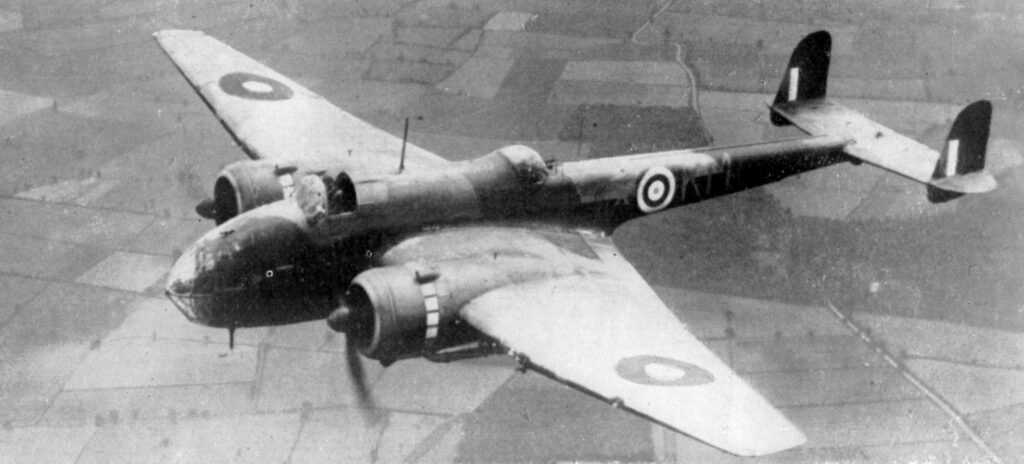
The Hampden was a British twin-engine bomber used in the early years of WWII for night raids and reconnaissance missions. With its slender fuselage and high-speed performance, it was known as the “Flying Suitcase.” While it was eventually replaced by more advanced bombers, the Hampden played a key role in early bombing campaigns over Germany, often flying some of the first nighttime raids.
Lavochkin La-250 Anakonda
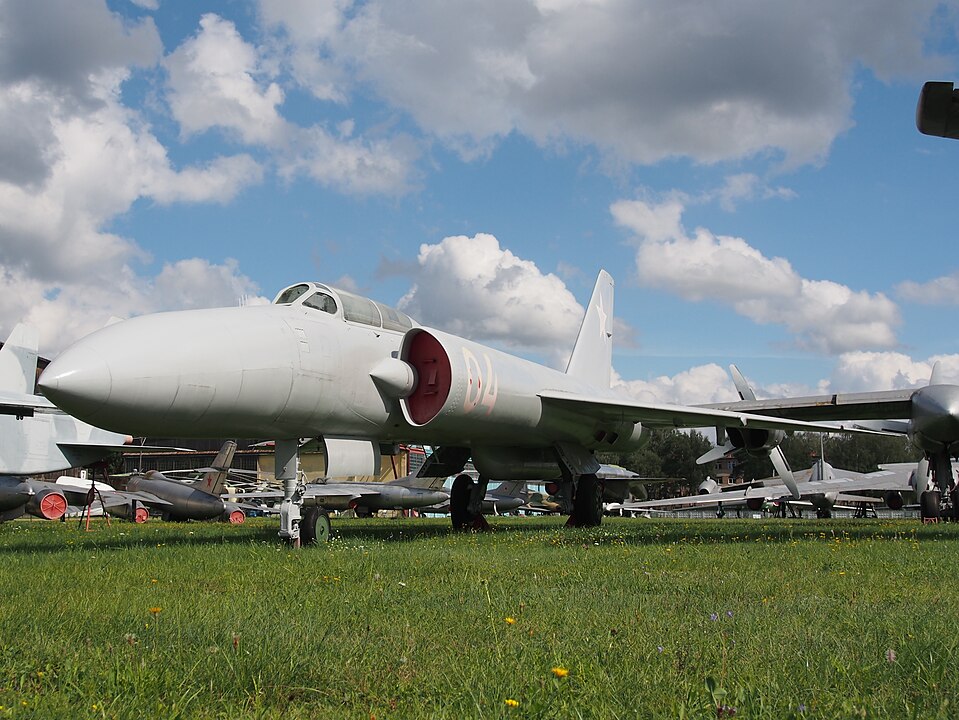
A Soviet interceptor designed in the 1950s, the La-250 Anakonda was built to combat high-altitude bombers during the Cold War. Despite its ambitious goals, the Anakonda suffered from performance and reliability issues, leading to the project’s eventual cancellation. Its fascinating history lies in its role as part of the Soviet Union’s effort to defend against the growing threat of U.S. strategic bombers.
CAC Boomerang
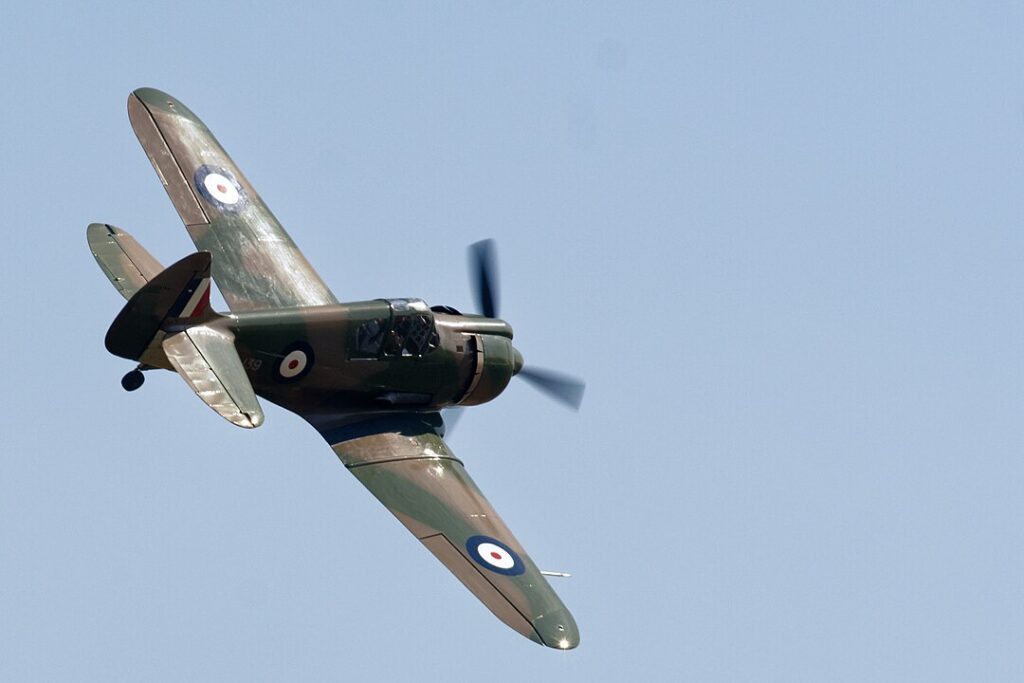
Australia’s first domestically produced fighter, the Boomerang, was developed quickly in response to the threat of Japanese air attacks during WWII. Although it wasn’t the fastest or most heavily armed aircraft, its agility and durability made it a useful tool in the Pacific theater, particularly for reconnaissance and ground attack missions. The Boomerang’s short yet notable career remains a proud chapter in Australian aviation history.
Blackburn Firebrand
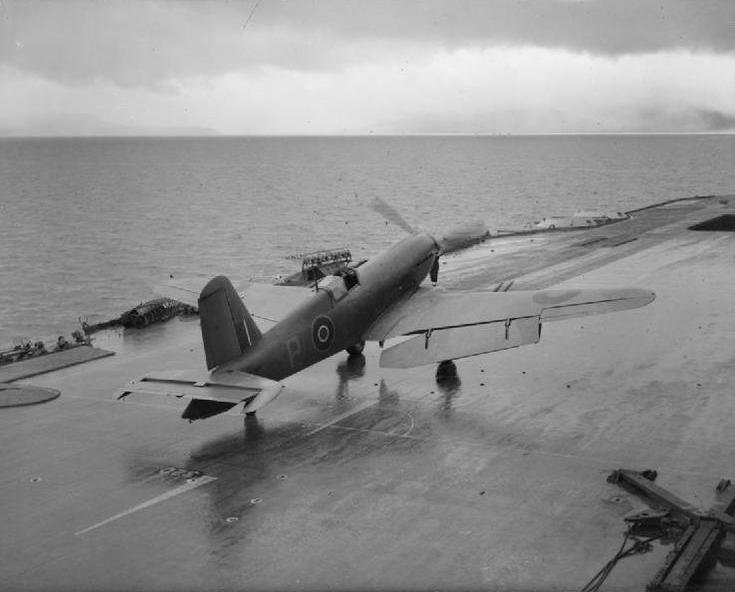
The Firebrand was a British carrier-based fighter-bomber that struggled with development issues, resulting in a delayed entry into service during WWII. While it had the potential to be a powerful aircraft with its heavy armament and large bomb load, it was plagued by engine problems and handling difficulties. Despite these issues, it saw some service post-war, though its troubled development kept it from reaching its full potential.
Consolidated B-32 Dominator
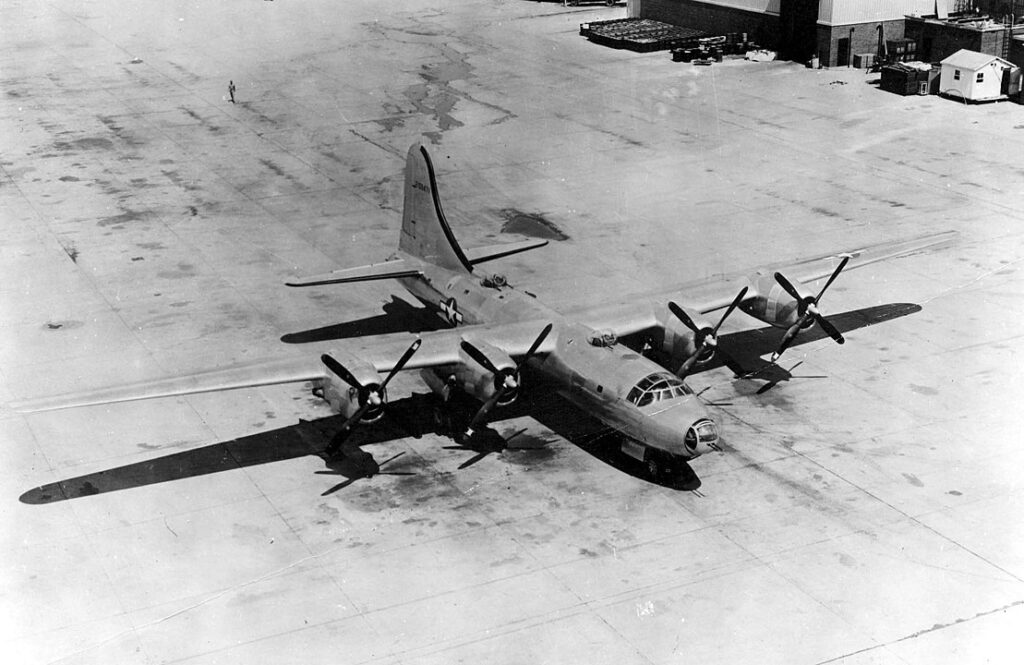
Often overshadowed by the more famous B-29 Superfortress, the B-32 Dominator was a long-range bomber designed to replace the aging B-17s and B-24s. It entered service late in the Pacific War and flew a limited number of missions, including the last air combat of WWII. Its relative obscurity is due to its limited operational use, but its advanced design made it a worthy contender for future air campaigns.
Miles M.20
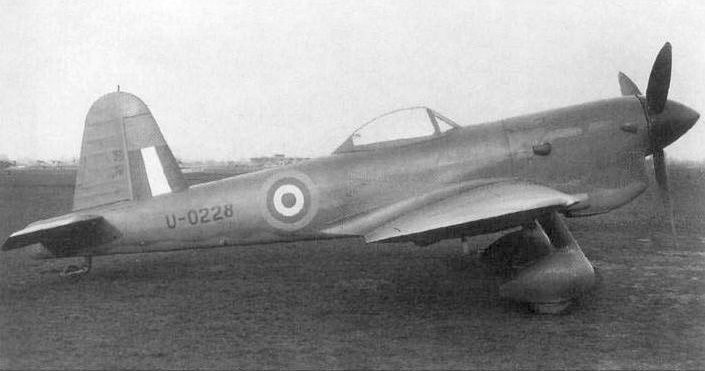
The Miles M.20 was a British emergency fighter developed in just 65 days during WWII. It was designed as a simple, low-cost aircraft to be mass-produced quickly in case of severe fighter shortages. Despite its practicality and the fact that it flew successfully, the M.20 was never mass-produced, as fighter availability improved. Its rapid development and unique story make it a forgotten gem of wartime aviation.
Heinkel He 177 Greif
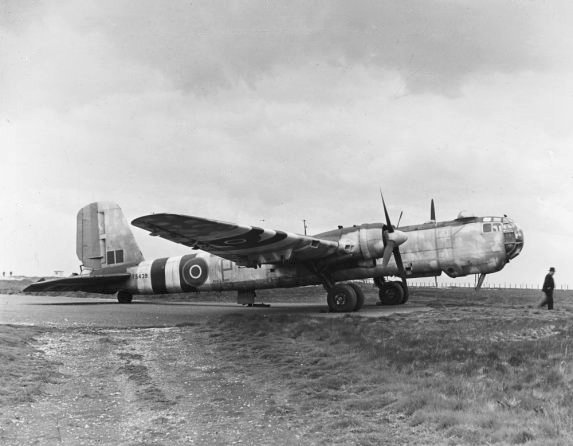
Germany’s only long-range heavy bomber during WWII, the Heinkel He 177 Greif, was a powerful but troubled aircraft. Designed for strategic bombing, it was plagued by engine problems and mechanical failures, leading to a limited service life. Despite its potential to carry out long-range raids, it failed to have a significant impact on the war, remaining one of the lesser-known aircraft in the German arsenal.
Republic F-84 Thunderjet
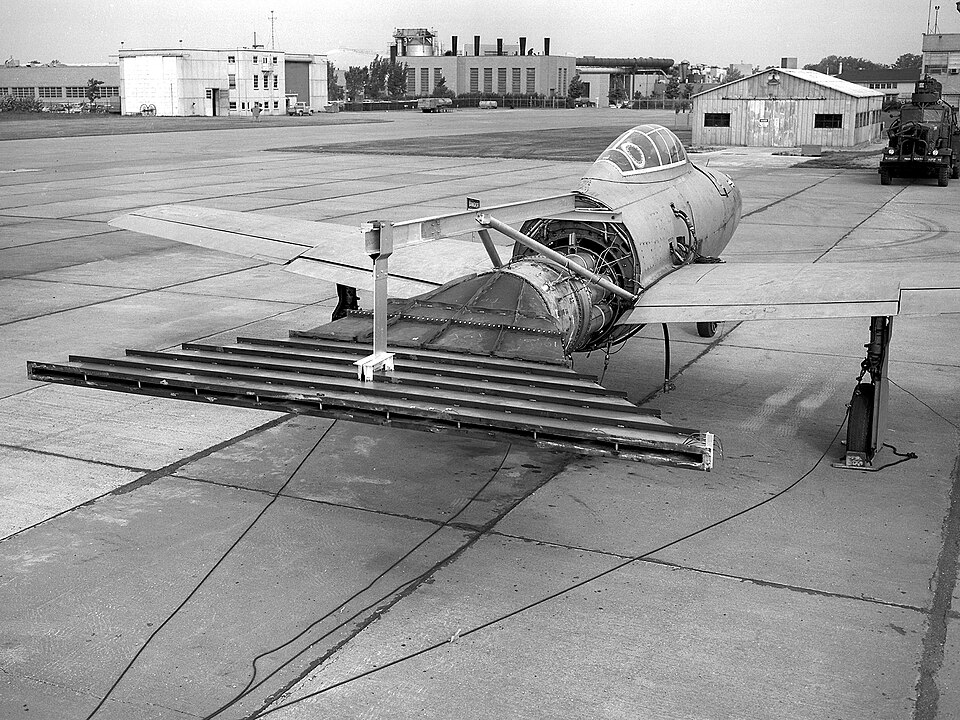
The F-84 Thunderjet was a post-WWII fighter-bomber that became an important ground-attack aircraft during the Korean War. Capable of carrying bombs, rockets, and nuclear weapons, it served as a versatile and reliable aircraft for tactical missions. Though it was eventually replaced by more advanced jet fighters, the F-84’s contributions to Cold War airpower should not be forgotten.
This article originally appeared in MyCarMakesNoise.
More from MyCarMakesNoise
25 Sports Cars with Astonishingly Low Weight Ratios

When it comes to performance, weight plays a crucial role in how a sports car handles and accelerates. Lighter cars often deliver a more responsive and thrilling driving experience. Read More
5 Times Audi’s Quattro Dominated the Rally Scene
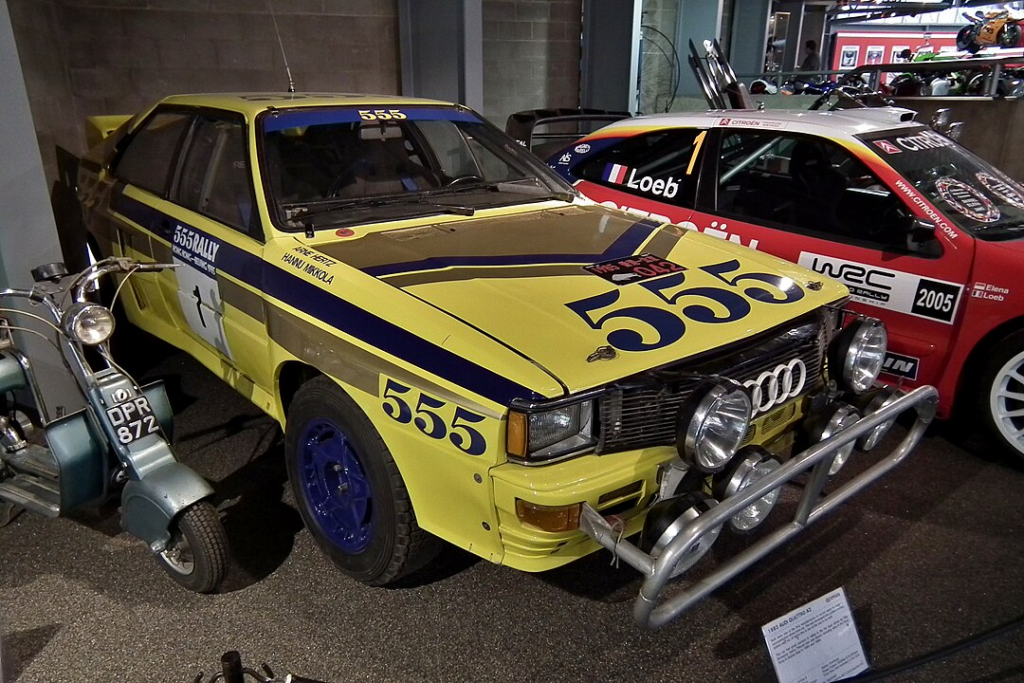
Audi’s Quattro is a name that echoes through the history of rally racing, known for its groundbreaking performance and innovative all-wheel-drive technology. In the competitive world of rallying, the Quattro stood out, setting new standards and leaving its mark on every race it entered. Read More
15 Rare Vintage Airplanes You’ll Never See Again
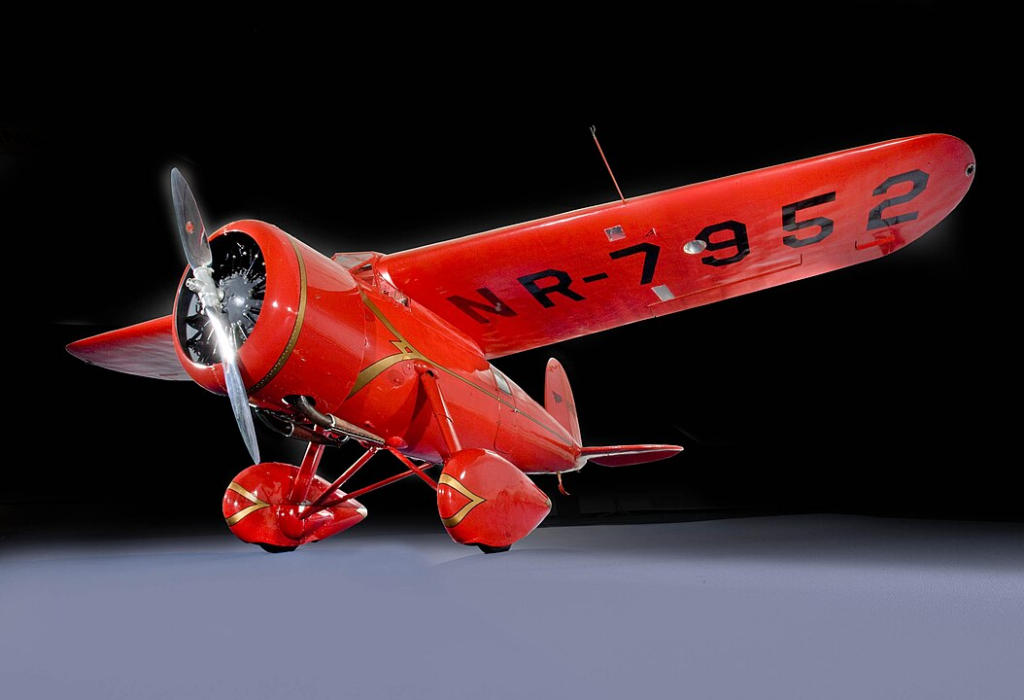
The world of aviation has seen countless remarkable airplanes, but some have become so rare that they’ve all but disappeared from the skies. These vintage aircraft, once marvels of engineering, are now nearly impossible to find. Read More














